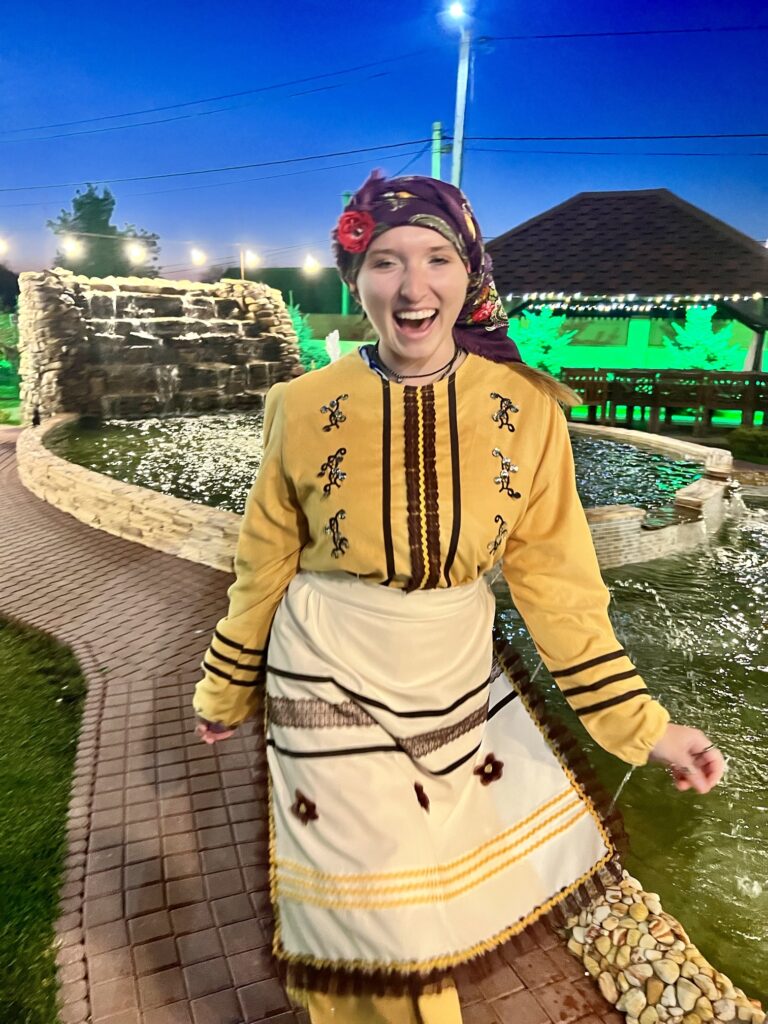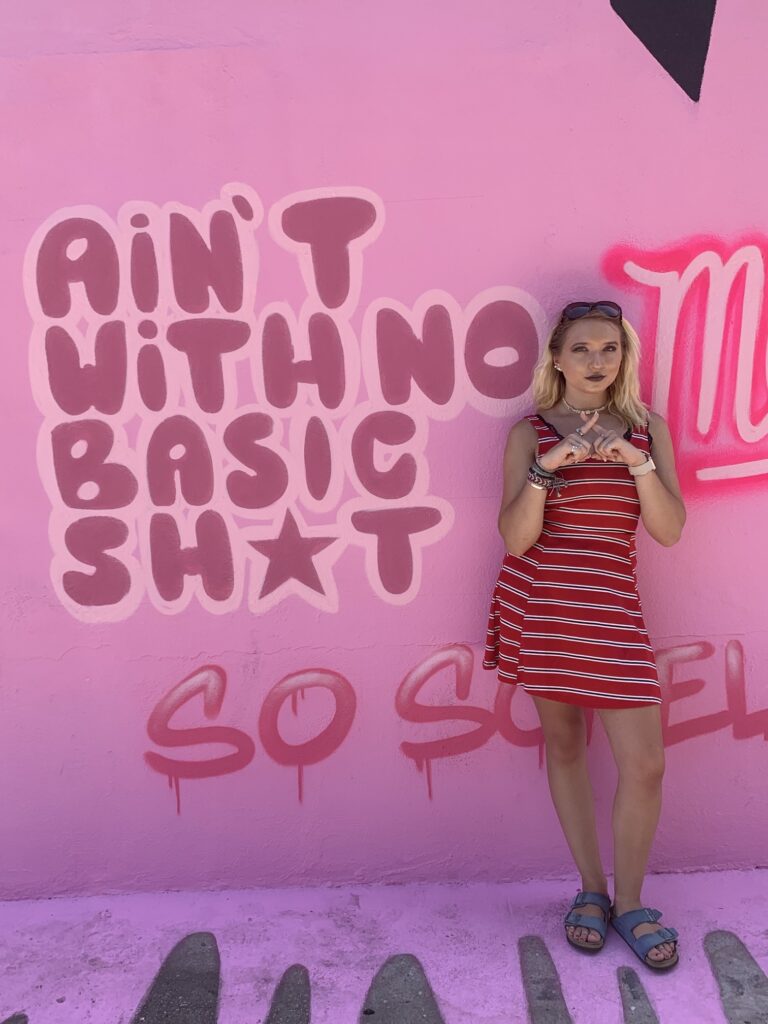
History of Martisor: A Cherished Tradition in Eastern Europe
 October 24
October 24
 9 min read
9 min read
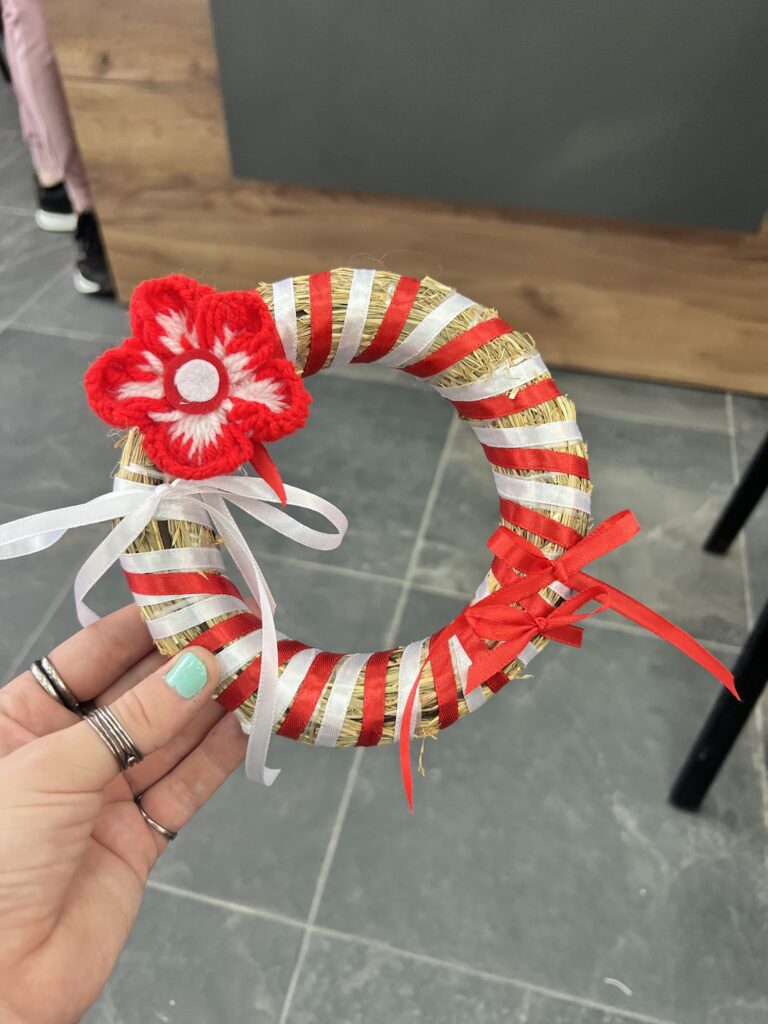
History of Martisor: A Cherished Tradition in Eastern Europe-Key Highlights
- Celebrated on March 1st, Martisor welcomes spring and symbolizes renewal, hope, and good luck.
- Traditionally, a red and white string, often adorned with a trinket, is gifted and worn throughout March.
- The tradition’s origin remains unclear, with links to ancient Rome, Dacian customs, and the legend of Baba Dochia.
- Romania and Moldova are the heart of the tradition, but it’s also observed in parts of Bulgaria, Ukraine, and Serbia.
- Today, Martisor thrives, blending ancient customs with modern interpretations and artistic expressions.
Introduction
As spring starts in March, a wonderful tradition comes alive in Eastern Europe: Martisor. This isn’t just a small charm; the Martisor tradition stands for hope, joy, and the promise of warmer days. In this blog post, we will explore the history of this old custom. We will also look at how it still thrives today. Get ready for a colorful journey!
The Roots of Martisor in Eastern Europe
Finding out where Martisor comes from is like exploring a winding path in a forest. There are many interesting clues and stories. Some historians think it may be connected to ancient Rome. In ancient Rome, March 1st was the New Year and the month celebrated Mars, the god of farming and rebirth.
Other ideas link Martisor to the ancient Dacians, who lived in the region long ago. These people respected nature and saw red and white as special colors. These colors might represent the ongoing cycle of life and death, which links to the rebirth that Martisor represents.
Tracing the Tradition Back to Ancient Times
If we go back to ancient Rome, March was not just any month. It was called “Martius,” named after the god Mars. Mars was the god of war, but he was also the protector of farming. This made sense since March marked the start of spring. The Romans celebrated their New Year on March 1st. This tradition could have shaped how Martisor is celebrated.
Picture a time when winter faded and new life began to grow. The Romans would have looked forward to warm weather and abundance, just like people celebrate Martisor today.
Even though the links between ancient Roman customs and Martisor are a bit unclear now, celebrating new beginnings in March feels important.
The Spread of Martisor Across Moldova, Romania, Ukraine, Serbia, and Bulgaria
Romania is known as the heart of Martisor, but this tradition goes beyond its borders. Moldova, which shares Romanian heritage, fully embraces Martisor. The tradition spread to neighboring countries like Ukraine, Serbia, and Bulgaria due to shared cultural influences and historical connections. As borders shifted and communities interacted, the tradition found its way across the region, being embraced and adapted to local customs. Each country developed unique variations in celebrating Mărțișor, reflecting both shared roots and local cultural identity, making it a significant cultural symbol in Eastern Europe.
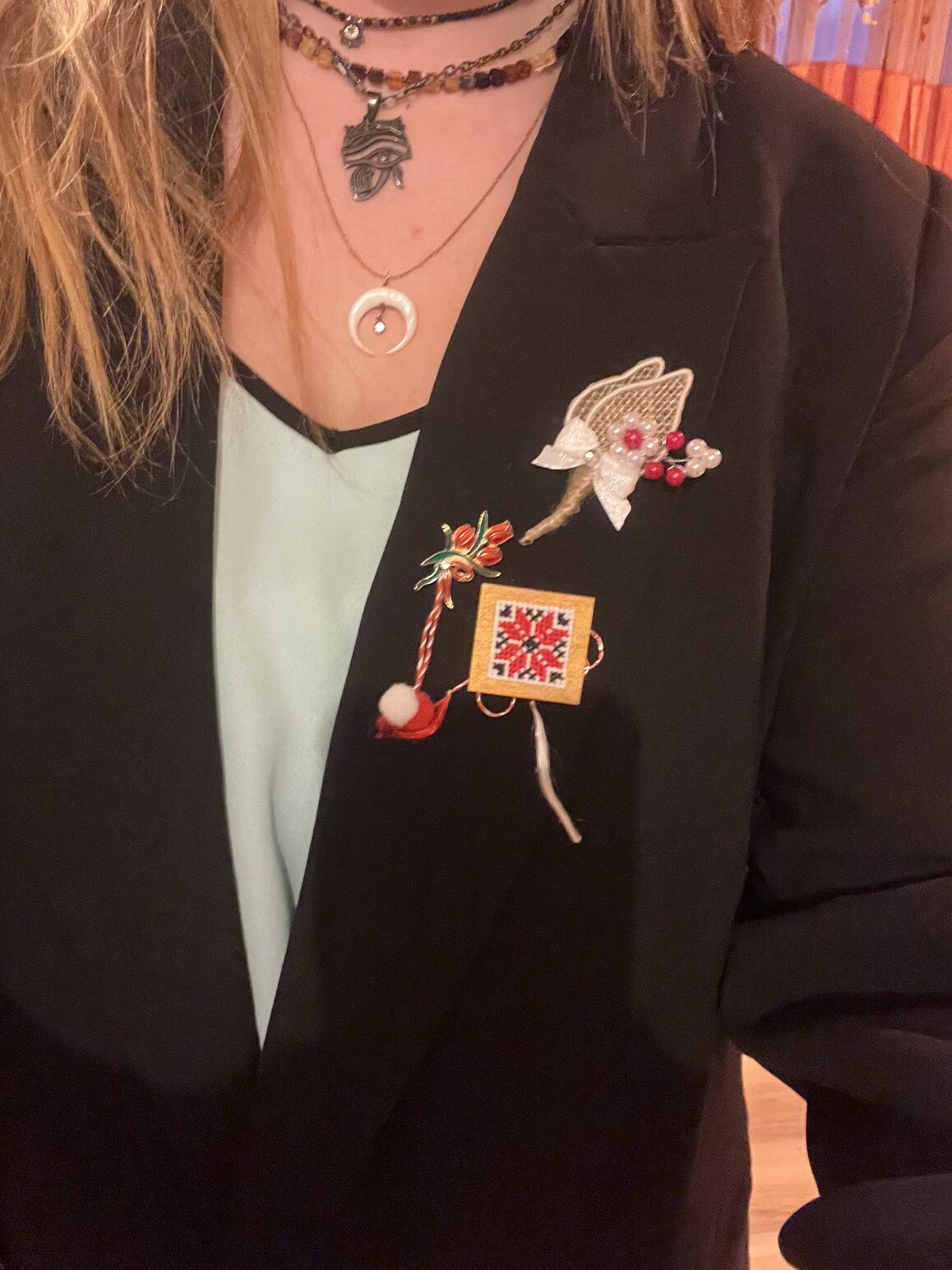
Symbols and Significance of Martisor
At its core, Martisor is a symbol of hopes and beliefs. The red and white colors are very meaningful. They represent the changing seasons from winter to spring. The red stands for vitality, warmth, and love. On the other hand, white symbolizes purity, new beginnings, and a bright future.
The meaning goes beyond just the colors. The red and white string often has a small trinket attached. These trinkets can be simple knots or detailed charms. They add personal meaning and can represent luck, prosperity, or protection from harm. However, each country and region has its own myths and legends as to why Martisor is celebrated. When traveling in these countries, ask local communites how Martisor got started and you will notice how all have different stories.
Understanding the Colors and Designs
The red and white string is a big part of Martisor traditions. It means more than just looking nice. It stands for a strong mix of good luck and good fortune, like how the threads are intertwined. The white string is clean and pure. It shows the end of winter and gets the world ready for a new start.
Red is a bright and lively color. It represents the warmth and energy that comes with spring, pushing away any remaining coldness. Together, red and white show the ongoing balance and new beginnings.
Over time, people added little charms to the white string, changing its meaning. Some thought these charms brought special benefits, like a coin for wealth, a flower for love, or a four-leaf clover for luck. These charms were like tiny good luck symbols, carrying wishes and hopes for the year to come.
Martisor Customs and Celebrations
March 1st marks the end of winter and the lively celebration of Martisor. On this day, people give each other Martisor to wish for a year full of health, happiness, and good fortune. Families and friends come together, making their bonds stronger and enjoying the spirit of renewal.
The legend of Baba Dochia, a story from Romanian folklore, adds a magical touch to this celebration. Baba Dochia is seen as an old woman who shows how unpredictable winter can be. The tale tells of her eagerness for spring, which often causes sudden changes in the weather. This reminds us that even though winter is ending, it can still surprise us.
Here are some popular Martisor customs:
- Transition to Spring: At the end of March, people tie the Martisor to a blossoming tree branch to share its luck and blessings with nature.
- Gift Giving: Men give Martisor to women to show affection, respect, and appreciation.
- Wearing Martisor: The gifted Martisor is worn all through March, often pinned to clothes near the heart.
- Martisor Trees: In some areas, people decorate tree branches with many colorful Martisor tokens.
- Choosing Where and When to Remove the Martisor: The weather on the day a person stops wearing the Martisor will signify the direction for their year. For example, good weather means a successful year but bad weather might be interpreted as a year of development. After removing the pin or bracelet, they’re often placed on trees.
The Cultural Impact of Martisor Today
In a world full of changes and digital connections, Martisor offers a warm link to tradition. At its heart, it still has a simple piece of string, but new styles of Martisor have now come up.
Social media is filled with photos of handmade Martisor that show off modern designs and special materials. Online sites, like Etsy, help share this tradition with people everywhere.
Even with these new styles, the meaning of Martisor stays the same. It reminds us that hope and renewal are languages everyone understands. A small act of kindness, shown by gifting a piece of string, can bring people together across different cultures.
Buying Martisor: Where and How
Eager to experience the charm of Martisor firsthand? Whether you’re seeking a meaningful gift or a unique souvenir, finding the perfect Martisor is part of the adventure!
You can find these treasures in numerous places. In the bustling markets and craft fairs of Romania and Moldova, you’ll discover tables overflowing with handcrafted Martisor. Each one tells a story, reflecting the artisan’s skill and the region’s traditions. For a more immersive experience, venture into the countryside, where you might find locals selling Martisor they’ve crafted themselves, infused with generations of tradition and heart.
Martisor can be purchased at:
- Local markets in Romania, Moldova, Bulgaria, Ukraine, or Serbia
- Craft or holiday fairs close to the season of Martisor
- Souvenir shops in tourist areas
- Online marketplaces (Etsy, eBay)
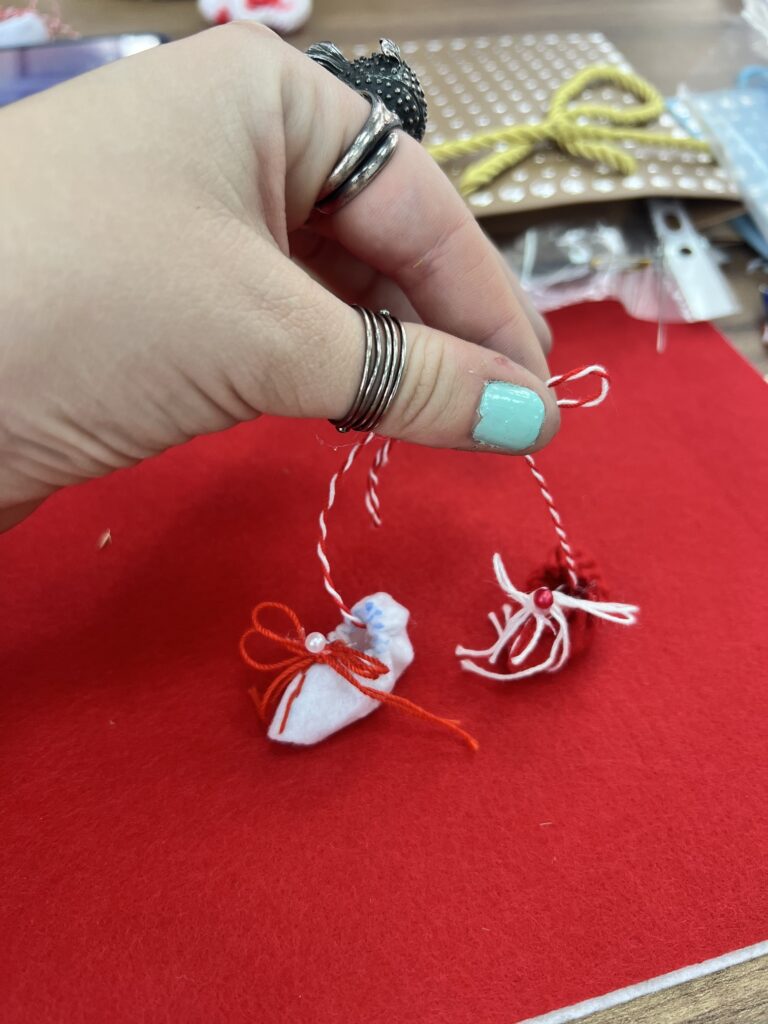
Conclusion
Martisor represents new beginnings and the arrival of spring in Eastern Europe. This beloved tradition dates back to ancient times. It has spread to many places, including Moldova, Romania, Ukraine, Serbia, and Bulgaria. The bright colors and beautiful patterns of Martisor charms are very important to the culture. People exchange these charms during celebrations. They stand for good luck and health. You can wear Martisor charms all year long. They show a deep connection to tradition and heritage. Join in this touching tradition to explore the rich culture of Martisor. Connect with Eastern European customs and feel the spirit of unity and renewal. Let Martisor add some warmth and joy to your life!
Considering a visit to Moldova? Check out my Complete Travel Guide to Moldova!
Or visit Moldova’s official tourism website here.
Frequently Asked Questions
What Are the Origins of Martisor?
The start of Martisor is a topic of discussion. Some theories relate it to ancient Rome, which paid tribute to Mars, the god of war and harvest. Others connect it to old Dacian customs. In Romanian folklore, it is tied to the Legend of Baba Dochia. She is an old woman who represents the changes of winter.
How is Martisor Celebrated Across Different Countries?
Martisor is mainly celebrated in Romania and Moldova. However, you can also find its traditions in parts of Bulgaria. This connection comes from their shared history and closeness. You can see similar customs along the Danube River. They show how cultures mix and share across borders.
Can Martisor Charms Be Worn Year-Round?
Some people usually wear Martisor for the month of March. However, others think that its good luck lasts much longer. Keeping it as a charm all year symbolizes ongoing vitality and protection.
Are There Modern Variations of Martisor?
Yes, modern Martisor uses different materials, not just the traditional wool string. Today’s designs and online platforms help people express their creativity and share this tradition around the world.
How Can Someone Outside Eastern Europe Participate in Martisor Traditions?
Engage in cultural exchange by learning about Martisor and what it means. You can make or buy a Martisor to share with someone. This will help spread the message of spring and good fortune.
What is the Mărțișor myth?
The Mărțișor myth, shown in the Legend of Baba Dochia, represents the change from winter to spring. Baba Dochia stands for winter. She tries to mislead people about the coming of spring. This shows how the spring season can be surprising and unpredictable.
What is the Story Behind the Mărțișor?
Some stories say that the exact origin is hard to trace. One story claims that on the first day of March, Spring dressed up as an old woman. She went out to meet people and brought good luck to them. This shows that Martisor represents the arrival of spring and is linked to good fortune.
Recent Posts
Related Posts
Explore Yosemite National Park: A Nature Lover’s Paradise
Key Highlights Next, let’s dive into what makes Yosemite National Park an unmatched treasure of the United…
Local Favorites: What Food to Eat in California
Key Highlights Introduction California, also called the golden state, is a great place for people who love…
Discover the 20 Best Places to Visit in California Now
Key Highlights Introduction California is a place that has something for everyone. You can find natural beauty…

